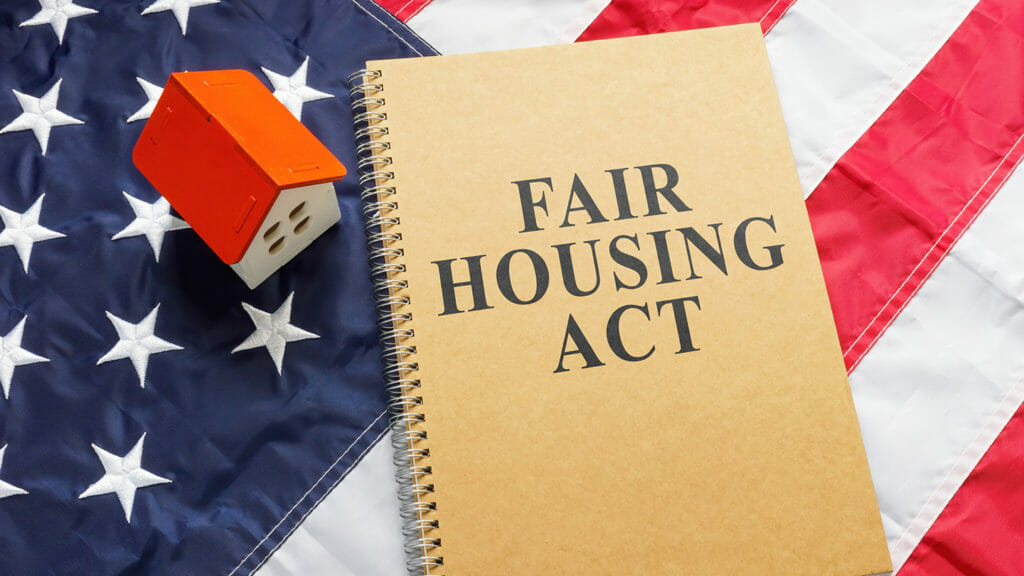
The federal government’s attempt to remedy the effects of housing discrimination through a proposed affirmative fair housing rule is being applauded by senior housing advocates.
In comments on a proposed Affirmatively Furthering Fair Housing rule, which incorporates much of the framework of the 2015 AFFH rule, industry advocates hailed improvements in the proposed rule after the old one was “dismantled” under the previous administration.
“Overall, HUD’s Affirmatively Furthering Fair Housing proposed rule would implement a more robust community engagement requirement, a streamlined required analysis, greater transparency, and an increased emphasis on goal setting and measuring progress,” said Juliana Bilowich, LeadingAge director of housing operations and policy. “Emphasizing participation requirements, transparency efforts and accountability tools under AFFH is a critical next step toward overcoming our country’s deep and persistent barriers to housing access.”
The US Department of Housing and Urban Development sought feedback on the proposed rule, which directs the federal government to promote fair housing choice, eliminate disparities in housing and foster inclusive communities. In addition to accountability, the rule would streamline required fair housing analysis for local communities, states and public housing agencies, and require those agencies to set “ambitious goals’ to address fair housing issues in their communities.
Although the proposed rule would not apply to providers of affordable senior housing under the Section 202 Supportive Housing for the Elderly program, it would affect other HUD programs related to housing for older adults.
Under the proposed rule, state and local governments and public housing authorities must include information about publicly supported housing in their equity plans, including resident demographics, concentrations of publicly supported housing in racially and ethnically concentrated areas, and resident disparities in accessing community assets.
Bilowich said the proposed rule also would clarify HUD enforcement procedures, including mechanisms to hold program participants accountable for achieving positive fair housing outcomes.
Streamlining the analysis of fair housing issues also would reduce program participant burden and allow a focus on setting effective fair housing goals and strategies, Bilowich said. It also would make maps and data tools more user-friendly, with HUD providing technical assistance that would foster higher rates of participation.
Overall, Bilowich said, the proposed rule would make it easier for multifamily housing providers to collaborate with state and local governments, as well as public housing authorities, to set “meaningful goals for fair housing outcomes.”
A joint statement from fair housing civil rights, faith and housing advocacy organizations also urged HUD to move quickly in adopting a final rule, noting that the goal is to rectify inequitable systems created by “decades of unjust policies and practices that deprived millions of people from gaining access to secure and healthy housing opportunities.”
The groups — including the American Civil Liberties Union, Justice in Aging and the National Low Income Housing Coalition — called for the final rule to strengthen local fair housing outreach and enforcement capacity, clarify community engagement and increase transparency in the equity planning process.


